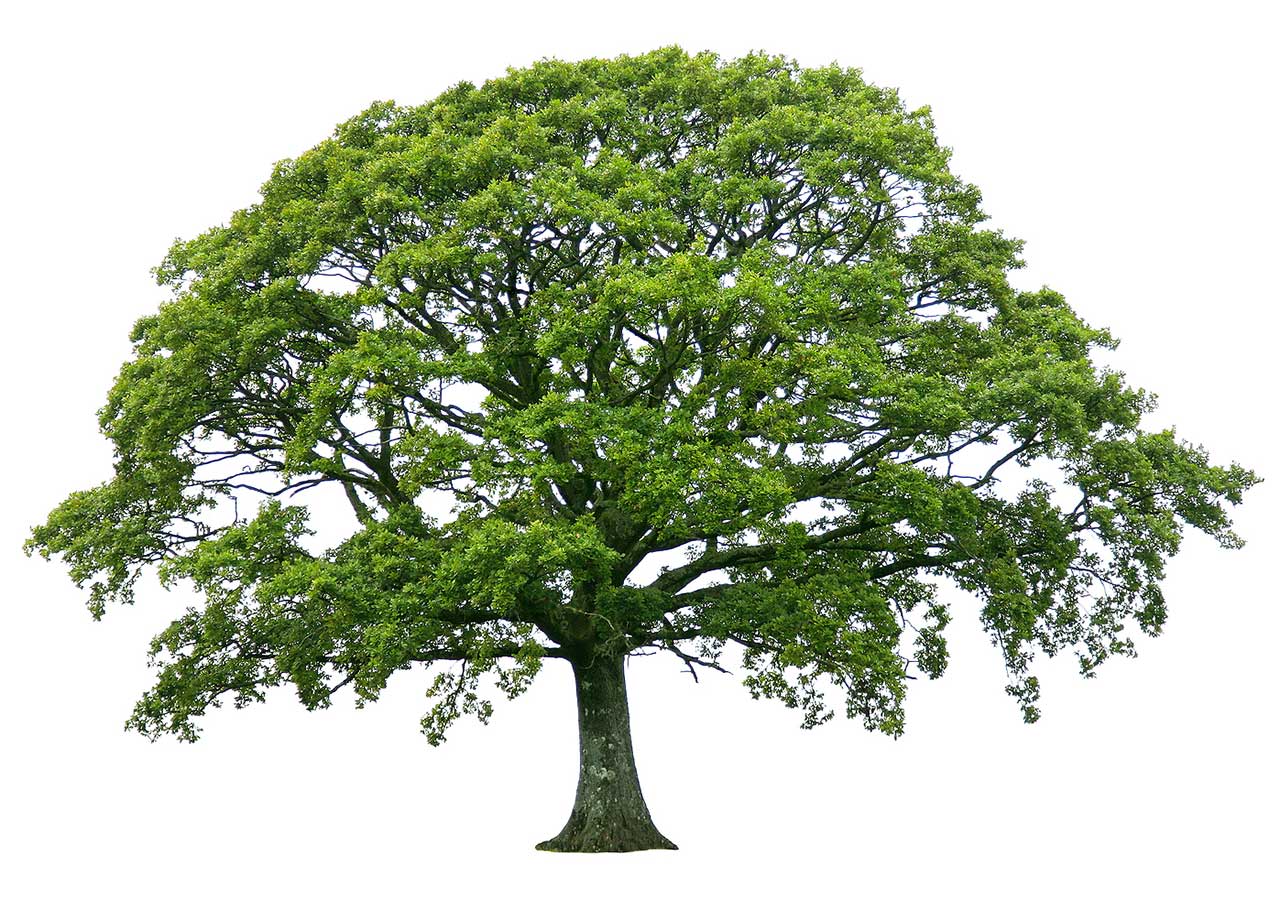The Best Time of Year to Trim Your Trees: Seasonal Tree Care Guide
Proper tree trimming is essential to maintaining the health and appearance of your trees. Whether you’re trying to improve your yard’s aesthetic or remove dangerous limbs, knowing the best time of year to trim your trees can make all the difference. Tree trimming is more than just an occasional chore—it’s a critical part of long-term tree care that helps prevent disease, promotes healthy growth, and keeps your landscape looking its best.
Winter: The Ideal Season for Most Trees
For many tree species, winter is the best time for trimming. Trees enter a dormant phase during the colder months, meaning their growth slows down significantly. Trimming trees during winter minimizes stress on them, as they aren’t actively growing, and it helps you avoid harming the tree with excessive cuts.
Pruning in winter also allows for better visibility of the tree’s structure without leaves in the way, making it easier to identify and remove problematic branches. Furthermore, the risk of disease or pest infestation is lower, as many pests are less active in cold weather.
If you’re considering professional tree trimming in Thousand Oaks CA, winter is an excellent time to schedule a service with AVS Landscaping. The company’s team of experts can ensure your trees are properly cared for during their dormant season, reducing the risk of damage and ensuring healthy regrowth in spring.
Spring: Light Trimming for New Growth
Spring is another suitable time for tree trimming, but it should be done with caution. As trees begin to bud and grow, they are more vulnerable to the stress of trimming. Light trimming can help shape the tree, remove small dead limbs, or clean up winter damage, but avoid heavy pruning during this period.
If you have flowering trees, wait until after the blossoms have fallen before trimming, as cutting too early can reduce the number of flowers. Spring trimming can help promote stronger, more directed growth, particularly in younger trees.
Summer: Spot-Pruning and Dead Branch Removal
While summer is not the ideal time for heavy trimming, it’s perfect for spot-pruning. After the peak growing season in early summer, trees tend to settle into their full foliage. This is a good time to remove dead or diseased branches, or to correct any dangerous growth patterns.
Summer trimming should be limited to damage control, particularly after storms. If you notice broken branches or limbs that could pose a safety hazard, summer trimming is necessary to protect both your property and the health of the tree.
If you’re unsure of how much trimming is needed, consult a professional landscaping company in Thousand Oaks CA., like AVS Landscaping. They can assess your trees and provide expert advice on proper care throughout the summer months.
Fall: Avoid Heavy Trimming
Fall is generally not recommended for tree trimming. As trees prepare to go dormant, they store energy in their roots for the winter, making this a vulnerable time for heavy cuts. Trimming in the fall can disrupt this process and leave the tree more susceptible to disease.
That said, if you need to remove a dangerous branch or clear up post-summer storm damage, minor pruning is acceptable. Just be sure to limit your trimming activities and focus only on necessary cuts.
Conclusion
Knowing when to trim your trees is essential for their long-term health and the beauty of your landscape. By trimming at the right time, you can help your trees flourish while also improving the safety and appearance of your yard. Whether you’re handling minor pruning or need professional assistance, landscaping in Thousand Oaks CA. can be easy with the right guidance and tools.
For expert tree care, AVS Landscaping is here to help. Their team offers high-quality tree trimming services tailored to each season’s needs, ensuring that your trees stay healthy year-round.


